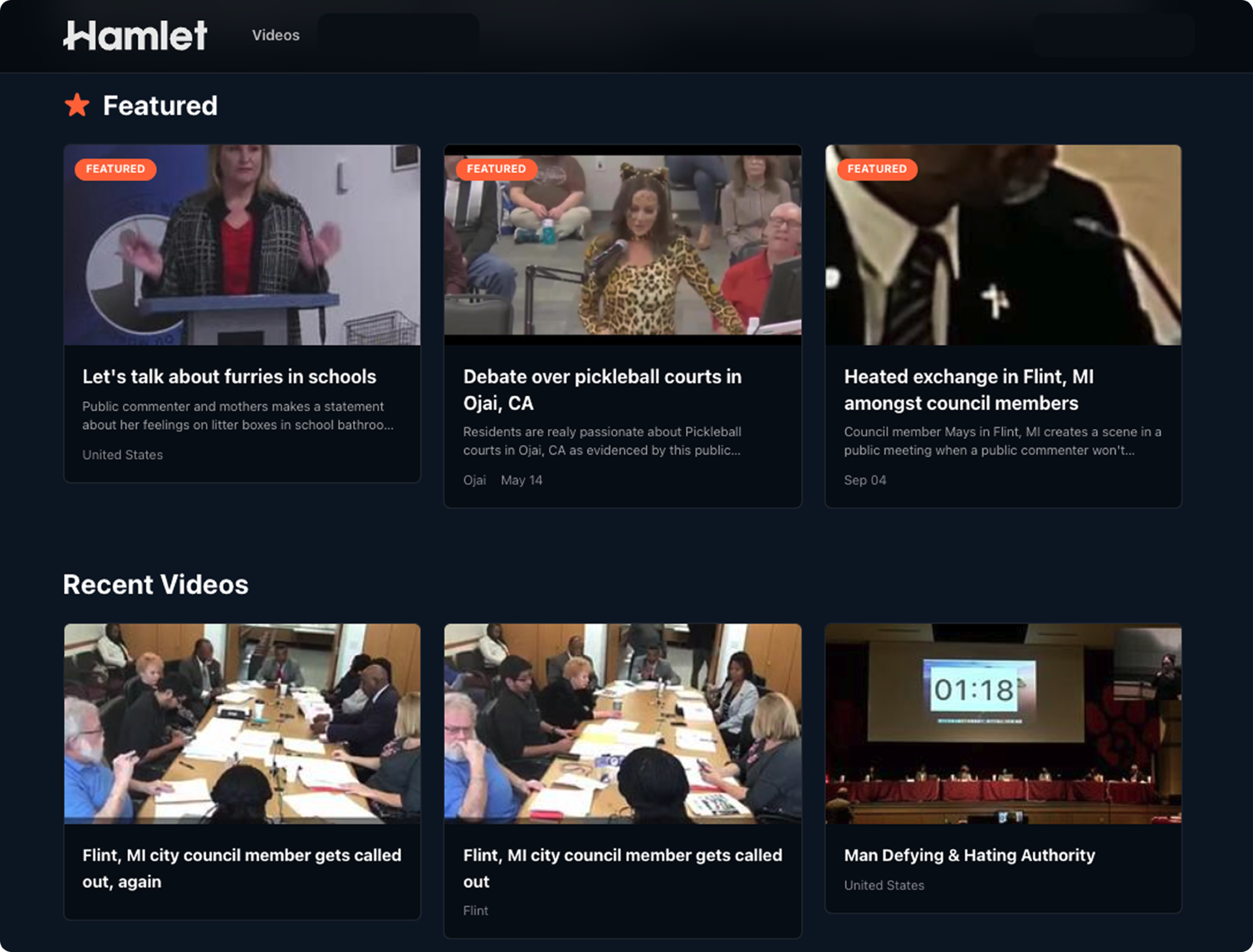
The digital landscape of visual discovery and commerce is undergoing a profound transformation, and Pinterest, the popular image pinboarding platform, is strategically positioning itself at the forefront of this evolution. During a recent earnings call, CEO Bill Ready underscored the company’s significant commitment to leveraging open-source artificial intelligence models, touting their "tremendous performance" and potential for "orders of magnitude reduction in cost." This declaration signals a calculated move to harness advanced AI capabilities while maintaining fiscal prudence, a critical balance in today’s dynamic tech environment.
The Genesis of Pinterest’s AI Strategy
Pinterest, founded in 2010, initially carved out its niche as a visual bookmarking tool, allowing users to collect and organize images—or "pins"—onto virtual "boards." Over the years, it evolved from a personal curation platform into a powerful engine for inspiration, discovery, and increasingly, commerce. The platform’s inherently visual nature makes it a fertile ground for AI applications, particularly those focused on image recognition, recommendation systems, and natural language processing. From its early days, Pinterest recognized the value of data-driven insights to enhance user experience, but the advent of sophisticated AI, especially large language models (LLMs) and advanced visual AI, has opened new frontiers.
Early AI integrations focused on enhancing the core user experience. Features like "Visual Search," which allows users to snap a photo and find visually similar items on Pinterest, were pioneering. Personalized recommendations, powered by machine learning algorithms that analyze user behavior, interests, and preferences, became central to the platform’s stickiness. As Pinterest matured, its role as a precursor to shopping became undeniable, with many consumers using it as their initial step in product discovery. This natural alignment with e-commerce intensified the need for more sophisticated AI to bridge the gap between inspiration and transaction.
The broader technological landscape has witnessed an explosion in AI capabilities, particularly over the last few years. Generative AI and LLMs have moved from theoretical concepts to practical applications, promising to revolutionize how businesses interact with data, users, and markets. For a platform like Pinterest, which thrives on content organization and user engagement, adopting these cutting-edge technologies is not merely an option but a strategic imperative to remain competitive and relevant.
Optimizing Operations with Open-Source Models
Pinterest’s current AI infrastructure powers a diverse array of features vital to its operation and user engagement. These include highly personalized content recommendations that adapt to individual tastes, a multimodal search experience allowing users to combine text and images for more precise queries, sophisticated ad targeting mechanisms, and most recently, the innovative AI-powered Pinterest Assistant for product discovery. Each of these applications demands substantial computational resources and relies on complex algorithms to deliver accurate and relevant results.
The decision to lean into open-source AI models represents a significant strategic pivot, especially when many industry peers are either developing proprietary, in-house models or heavily relying on commercial offerings from major cloud providers. Open-source models, unlike their proprietary counterparts, are publicly accessible, allowing developers and companies to inspect, modify, and distribute the underlying code. This transparency fosters innovation, customization, and often, a more cost-effective pathway to deploying advanced AI.
During the earnings call, Ready articulated a clear rationale for this approach, highlighting the company’s rigorous testing of leading off-the-shelf proprietary models against open-source alternatives. The results, he noted, were compelling. "One of the really, really interesting things that we’re seeing is that we are just getting tremendous performance from open source models specifically for Pinterest use cases on visual AI," Ready informed investors. He further elaborated on the economic advantages, stating, "Given current market rates and per token costs, in early testing, we’re seeing orders of magnitude reduction in cost with comparable performance using fine-tuned open source models versus leading off-the-shelf proprietary models."
This finding suggests that for Pinterest’s specific visual AI needs, the performance gap between top-tier proprietary models and carefully selected and fine-tuned open-source models is negligible, while the cost differential is substantial. The company plans to integrate numerous open-source models across various applications, projecting a cost "fraction" compared to relying solely on larger, commercially licensed model providers. This strategy enables Pinterest to invest more aggressively in AI innovation without disproportionately inflating its operational expenditures, a critical consideration for investor confidence.
Navigating Economic Headwinds and Investor Scrutiny
Pinterest’s emphasis on cost-efficient AI solutions comes amidst a challenging economic backdrop that has impacted its financial outlook. During its third-quarter earnings announcement, the company projected a weaker-than-expected holiday shopping season. This forecast was attributed, in part, to the lingering effects of President Donald Trump’s tariffs and their detrimental impact on the home furnishings category, a segment historically significant for Pinterest users seeking inspiration for home decor and renovation projects. The prediction led to a downward adjustment in fourth-quarter revenue expectations, from an analyst average of $1.34 billion to a range of $1.31 billion to $1.34 billion. The market reacted swiftly and negatively, causing the company’s stock to tumble by more than 21% following the announcement.
This financial sensitivity amplifies the importance of Pinterest’s AI strategy. Investors, while keen on technological innovation, are equally focused on the bottom line and growth potential, especially concerning nascent yet capital-intensive technologies like AI. The question of "agentic commerce"—AI systems capable of acting autonomously on behalf of users—loomed large during the earnings call. This concept, while promising ultimate convenience, also introduces complexities regarding user trust, control, and the significant computational overhead associated with truly autonomous AI agents. Pinterest’s leadership had to demonstrate how they could tap into the transformative power of AI, including potential agentic applications, without incurring prohibitive costs that could further strain profitability.
The Promise and Prudence of Agentic Commerce
Agentic commerce represents a frontier where AI not only recommends but actively facilitates purchasing decisions for users, potentially executing transactions based on learned preferences and defined parameters. While the allure of such a seamless shopping experience is strong, Pinterest is adopting a measured approach. Bill Ready acknowledged the industry’s broader exploration of agentic shopping but emphasized a wait-and-see posture regarding full autonomy.
Pinterest already offers "push-button type buying" through existing partnerships, notably with Amazon, which allows users to directly purchase items they discover on the platform. The strategic question for Pinterest, Ready explained, is whether users genuinely desire AI to "push the button for them." This highlights a nuanced understanding of consumer behavior: while convenience is valued, the desire for agency and control, especially in personal purchasing decisions, remains strong.
Instead of rushing into fully autonomous agents, Pinterest is focusing on enhancing its role as a trusted guide in the shopping journey. The recently launched Pinterest Assistant exemplifies this philosophy. This AI companion allows users to engage in conversational queries, seeking advice and recommendations. The assistant leverages a deep understanding of the user, drawing insights from their boards, saved pins, and comparing their tastes to similar profiles. This guidance-centric approach aims to empower users with better information and curated options, rather than removing them from the decision-making loop entirely. The platform is also experimenting with AI-powered personalized boards, which combine expert human curation with algorithmic intelligence to offer highly relevant and inspiring content.
AI’s Transformative Impact on User Experience and Monetization
The strategic deployment of AI, both open-source and proprietary, is central to Pinterest’s long-term vision for enhancing user experience and driving monetization. By refining personalization, AI ensures that each user’s feed is a unique and highly relevant stream of ideas, products, and inspiration, fostering deeper engagement and increasing time spent on the platform. This enhanced engagement translates directly into more opportunities for advertisers, who can leverage Pinterest’s sophisticated targeting capabilities to reach highly motivated audiences at various stages of their shopping journey.
The multimodal search experience, for instance, allows users to transcend simple keyword searches, enabling them to describe concepts or upload images to find exactly what they’re looking for, even if they don’t know the precise terminology. This makes discovery more intuitive and satisfying, further solidifying Pinterest’s position as a go-to resource for visual exploration. The Pinterest Assistant, by offering conversational guidance, not only improves product discovery but also cultivates a sense of personalized service, potentially increasing user loyalty and conversion rates.
For merchants and advertisers, Pinterest’s AI-driven platform offers a powerful channel for reaching receptive audiences. Better ad targeting, fueled by advanced AI, means more efficient ad spend and higher return on investment, attracting more businesses to the platform. By controlling AI costs through open-source adoption, Pinterest can potentially pass on savings or reinvest in further innovation, creating a virtuous cycle of improved user experience, increased engagement, and enhanced monetization capabilities.
The Broader Implications of Open-Source AI Adoption
Pinterest’s open-source AI strategy is not an isolated decision but reflects a growing trend across the tech industry. As proprietary AI models become increasingly powerful but also costly, more companies are exploring the flexibility, community support, and cost advantages offered by open-source alternatives. This movement democratizes access to advanced AI, fostering a more collaborative and competitive landscape for innovation.
For Pinterest, this approach offers several strategic advantages. It allows the company to rapidly iterate and customize models for its unique visual AI challenges without being constrained by vendor roadmaps or licensing fees. It also potentially attracts top AI talent, who are often drawn to the transparency and collaborative nature of open-source development. However, relying on open-source models also comes with its own set of considerations, including the need for robust internal expertise to manage, maintain, and secure these models, as well as the ongoing effort required to keep pace with the rapidly evolving open-source ecosystem.
In conclusion, Pinterest’s commitment to open-source AI represents a calculated and forward-looking strategy. By carefully balancing innovation with fiscal responsibility, the company aims to solidify its position as a leading platform for visual discovery and commerce. While navigating immediate economic pressures and investor expectations, Pinterest is leveraging advanced AI, particularly through cost-effective open-source models, to deliver a richer, more personalized user experience and to drive sustainable growth in the evolving digital marketplace. The future of commerce on Pinterest will likely be guided by intelligent systems that empower users, rather than fully automating their decisions, ensuring the platform remains a trusted companion in the journey from inspiration to purchase.





